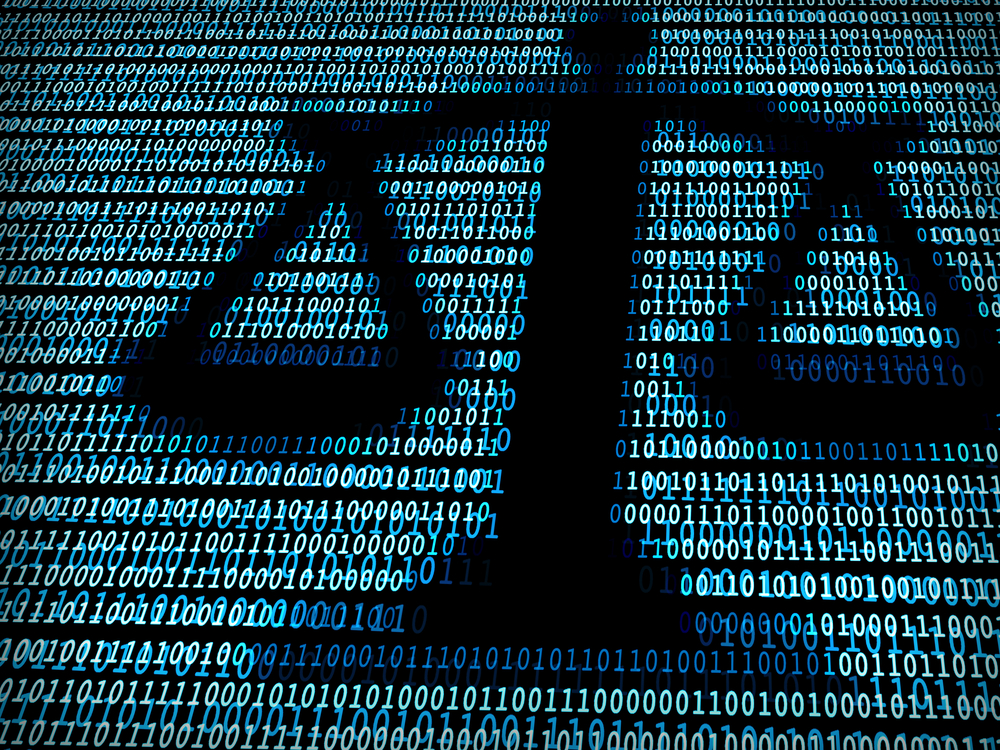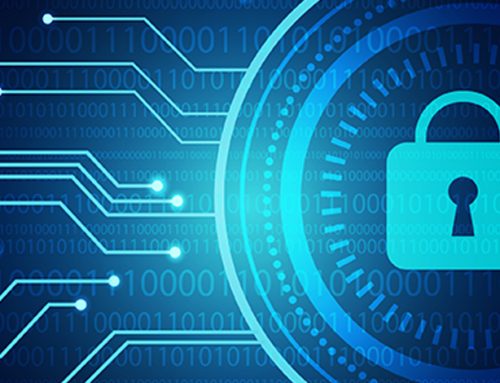Editor’s Note: In this post, Padmini Subhashree* points out several discrepancies in Section 65B of the Indian Evidence Act dealing with electronic evidence, and highlights the need to have a re-look at this Section in today’s technology age.
The entire system of justice delivery runs point on the presumption of making decisions where the ‘proof’ is presented beyond a reasonable doubt, and not necessarily up to a point of conclusion. When it comes to documentary evidence, the jurisprudence in India has witnessed a vacillating trajectory. Section 3 of the Indian Evidence Act, 1872 (IEA) includes documents in both tangible and electronic formats under its ambit. With the winds of digitization taking flight in the 21st Century and the consequent enactment of the Information Technology Act, 2000, Sections 65A and 65B were included in the IEA. The crux of these twin amendments pertains to the requirement of ‘certification’ of an electronic document in order for it to be admissible as evidence in a court of law.
Legislative Intent
As is understood, these provisions were enacted to institutionalize a framework wherein the copies or identical transcripts of the original electronic document could be produced and accepted by the court to adduce equal evidentiary value as the original. Seeing as modern-day computers operate on incredible server-reliance and uniquely generated digital signatures, these amendments made it logical for the courts to determine facts on their face-value. The requirement of ‘certification’ was an added layer of scrutiny that was assigned upon the document through Section 65B (4) to guard against forgery.
Nature of Discrepancies
The most outstanding reason behind the multiplicity and variation in interpretation of the ‘certification’ requirement is the visible contusion in the legislative language of Section 65B. The first, is in the absence of a definitive interpretation of the term ‘computer output’. In electronic parlance, computers are supposed to consist of three core components; input, CPU and output, generally implying ‘output’ to include the content displayed on or through hardware devices like monitors, speakers, etc. However, the text of Section 65B (1) is implied to mean only electronic records ‘printed on a paper, stored, recorded or copied in optical or magnetic media’. Hence, the definition of ‘computer output’, Though in the form of an inclusive and prudent drafting structure, is at odds with ‘output’ as understood in electronic parlance. It could be bettered by employing exclusionary legislative devices like provisos or explanations to the effect of obviating any reference to hardware components within its meaning.
The second and the most glaring discrepancy emerges with regard to certification requirements. There are many open-ended questions that remain to be answered in this domain under Section 65B (4). One, who is the pertinent issuer of the certificate. Under the section, the certification warrants signature by ‘a person occupying a responsible official position in relation to the operation of the relevant device or the management of the relevant activities’ which are contained in the evidence. Two, it doesn’t validate the rank, designation or appropriate authority of the executant. Three, it also doesn’t delineate the proximity of this person’s operation to the document that is produced, for the word ‘relevance’ simply obfuscates into an ambiguous and imprecise connotation of such proximity. In such a scenario, any mid-level operator who controls the desk from where the document is retrieved could be treated competent enough to sign and certify it without knowing any details about its origin and authenticity.
The third major legislative conundrum on this issue doesn’t involve deficiencies in drafting, per se, but the ramifications that have emerged over the last two decades of jurisprudence with regard to the manner of its interpretation. Given the globalized set-up of present-day occurrences and the extant as well as voluminous correspondences generated in real time, courts as well as counsels have limited opportunity to vet the documents in an increasingly expedited set up within a critical time frame.
Judicial Developments
What this means is, if counsel wanted to present electronic transactions occurring in real-time frame to the court, they wouldn’t be able to corroborate them via certification, at the spot. They might obtain certification from the site administrator with regard to online access and credentials but not instantaneous certification for individual transactions shown on the website. That could be only proven through the unique digital signature that is often a binary construct and is far removed from the public comprehension. Therefore, in those instances, the court should be allowed to decompress on the urgency of certification and authorize them at a later date before the pendency of the suit.
A suggestion similar to the above was given in Shafhi Mohammad v State of U.P. (2018) 1 SCC (Cri) 860, where it was stated that requirement of certificate being procedural can be relaxed by the court wherever the interest of justice so justifies (e.g. shopping bills, e. tickets. etc.) However, in July 2020, a 3-Judge Bench of the Supreme Court reversed this judgment in Arjun Panditrao Khotkar v Kailash Kushanrao Gorantyal and Ors (Civil Appeal Nos. 20825-20826 of 2017) by saying that certification is a condition precedent to the admissibility of evidence by way of electronic record.
The court has proactively chosen to stick to the fundamental construct of the legislative text. One of the important aspects of the judgment is, however, the non-adherence to a particular time frame in which the certificate must be produced, for it is now open to the judges’ discretion to make that assessment on a case-by-case basis. The judgment also offers different ways in which to administer the production of the certificate such as extending the timeline, summoning the testimonies of eligible certifiers, etc.
Conclusion
Christopher Hitchens once said, ‘What can be asserted without evidence can also be dismissed without evidence’. One might agree with him on a point of passive reflexivity since the underlying presumption cultivated by jurists is that just like the presence of evidence doesn’t prove the commission of an act/event beyond a reasonable doubt, similarly, the absence of evidence proves the non-commission of an act/event, but not beyond a reasonable doubt either. It is this conscious lack of conclusive (but asymptotically correct) inference that was begotten to us from the lawmakers of yesteryears as a mode of adjudicating cases.
The Supreme Court’s recent directions given to cellular companies and internet service providers on the maintenance of certification protocols and prompt response when judicially ordained to produce them, is a worthy instruction. However, one must remember that the real objectives of these directions can be only enforced by bringing amendments in the IEA and Information Technology Act, 2000. It is time to review the recommendation of 185th Law Commission Report which didn’t deem it necessary to amend these sections at the time, owing to their nascence and unevolved genesis 17 years ago.
Padmini Subhashree is a Policy Analyst with the Citizens’ Foundation for Policy Solutions (New Delhi-based public-policy think tank), and a 2018 Alumnus of the National University of Juridical Sciences, Kolkata. We would like to thank the Author for contributing to our blog.








Leave A Comment